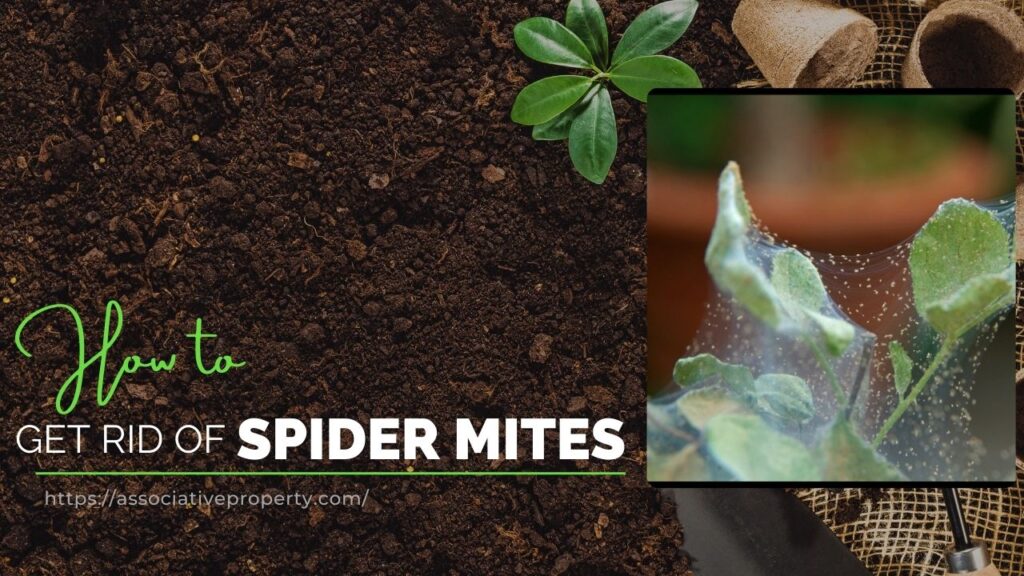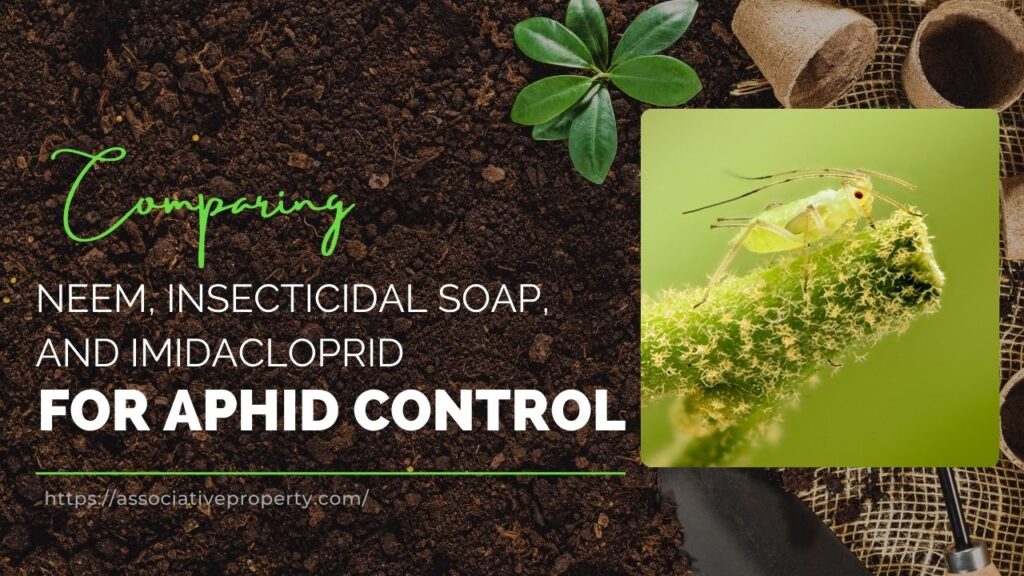Hi everyone, I’m excited to share a personal experience from my garden that might save yours too – how to kill cutworms! One hot summer day, I was doing a routine check on my plants when I noticed something disturbing, my strawberries had holes, the cabbages were chewed through, and even the spinach and broccoli looked ravaged.
At first, I didn’t spot any insects. I looked under the leaves, between the stems, nothing. Then it occurred to me: some pests only come out at night. So, I came back later with a flashlight. That’s when I uncovered the culprit, cutworms.
Natural Cutworm Control Methods – Summary
| Control Method | Material Used | Application Time | Frequency | Effectiveness (Personal Experience) | Special Notes |
|---|---|---|---|---|---|
| Handpicking | None (manual removal) | 1 hour after dark | Daily (during infestation) | Very effective for small gardens | Use flashlight; place worms in closed container |
| Cutworm Collars | Plastic, metal, or cardboard tubes | At planting | Once per plant | Very effective for young plants | Must be 2 inches above and below soil surface |
| Bacillus thuringiensis (BT) | Organic microbial pesticide spray | Evening or early morning | Every 5 to 7 days | Effective; not instant | Must reapply after rain |
| Slugoplexus (Iron Phosphate + Spinosad) | Pellets | Around plant bases | Weekly or after rain | Effective on contact and ingestion | Safe for pets and wildlife |
| Captain Jack’s Deadbug Brew | Spinosad-based organic insecticide | Late evening | Weekly until third frost | Strong effect on larvae and caterpillars | Use with protective gear; follow label instructions |
What Are Cutworms?
Cutworms are the larval stage of a brownish moth, about one inch long. They’re sneaky pests that hide just below the soil during the day and come out at night to feed. I saw firsthand how they cut plants at the soil level, leaving you clueless the next morning when your plants are dead and there’s no bug in sight.
The First Clue: Digging into the Soil
After spotting the damage, I decided to dig around the base of my strawberry plants. That’s when I discovered a pretty fat cutworm buried in the soil. He wasn’t dead—just asleep or possibly pupating. And that’s when I realized: this little guy had caused all that damage.
Cutworms don’t discriminate. They were gnawing at my strawberries, cabbage, broccoli, spinach, and even carrots. And they love:
- Tomatoes
- Peppers
- Celery
- Cruciferous vegetables
- Potatoes
My Natural Methods for Controlling or Removing Cutworms
Here’s how I’ve been managing cutworms without compromising my garden’s organic integrity. These methods have worked wonders for me.
1. Handpicking at Night
One of the simplest, yet most effective methods I’ve used is handpicking cutworms an hour after it gets really dark. I take a flashlight and search under leaves and near the base of plants. When I find them, I collect them in a container.
Tip: Always put a lid on the container, they’re good at crawling out!
In the morning, I treat my chickens with the catch of the night.
2. Cutworm Collars
Cutworm collars are physical barriers that stop cutworms from reaching plant stems. I’ve made collars using:
- Plastic
- Cardboard
- Metal
Each collar goes two inches into the soil and rises two inches above the surface. That’s usually enough to protect seedlings from getting sliced off.
3. Bacillus Thuringiensis (BT) Spray
When I realized I needed something more potent, I started using BT – Bacillus thuringiensis, a microbial pesticide. It’s organic and works by targeting caterpillars. Once they eat the BT-covered leaves, the protein in the bacteria kills them from the inside.
Here’s how I apply it:
- Spray directly on the plants
- Wait for the leaves to dry (important after rain)
- Reapply every 5–7 days to keep up protection
It doesn’t kill everything, but it’s great for moths, beetle larvae, and worms.
Related: How to Make neem Spray for plants?
4. Slugoplexus Pellets
Another natural weapon in my arsenal is Slugoplexus, which contains:
| Active Ingredient | Purpose |
|---|---|
| Iron Phosphate | Harmless to pets, kills pests |
| Spinosad | Effective on cutworms |
I sprinkle it around the base of the plants. Cutworms crawl by, ingest it, and soon after, the damage stops.
5. Captain Jack’s Deadbug Brew
For more stubborn infestations, I use Captain Jack’s Deadbug Brew. I spray it once a week, especially after spotting worms or visible plant damage. I keep using it until the third hard frost to keep the garden safe.
Pro Tip: Explore the Garden at Night
If you’re unsure what’s eating your plants, do what I did, grab a flashlight and explore the garden at night. It’s not only effective but oddly fun. You’ll see your garden in a whole new light, literally.
Final Thoughts
Discovering cutworms was frustrating, but figuring out how to deal with them naturally has been empowering. Here’s a quick recap of the best methods:
- Handpick cutworms at night
- Use cutworm collars
- Apply BT spray regularly
- Spread Slugoplexus pellets
- Use Captain Jack’s Deadbug Brew weekly
By staying vigilant and using these methods, I’ve been able to keep my garden healthy and organic. I hope my experience helps you protect your plants too!
Also read: How I Got Rid of Cicada Killers in Just 4 Simple Steps
Frequently Asked Questions about How To Kill Cutworms
1. What time of year do cutworms usually appear?
Cutworms usually appear in early spring and can stay active throughout summer. They are most damaging during the time when young seedlings are planted. That is when they cut the stems and kill the entire plant. As the weather warms, adult moths lay eggs in soil or plant debris. These eggs hatch into larvae, which we know as cutworms.
2. Do cutworms only attack vegetable plants?
No, cutworms can also damage flower plants and young ornamental trees or shrubs. They are not picky eaters. If the stem is soft enough and close to the soil, a cutworm might try to chew it. That is why even flower beds need protection, especially when newly planted.
3. Can I prevent cutworms before they show up?
Yes, you can take steps before they appear. Some useful ways include:
- Tilling the soil before planting to expose any hidden cutworms or eggs
- Removing weeds and plant debris to reduce places where moths can lay eggs
- Using cutworm collars right when you plant seedlings
4. Do eggshells or coffee grounds stop cutworms?
Not really. Some people say eggshells or coffee grounds act as barriers, but in my experience, they do not stop cutworms effectively. Cutworms can crawl over rough surfaces if they are motivated. Physical collars or natural sprays work much better.
5. What is the life cycle of a cutworm?
Cutworms go through four stages:
- Egg – Laid by adult moth in soil or on leaves
- Larva (cutworm) – This is the stage that causes damage
- Pupa – Found in soil; inactive but changing
- Adult moth – Lays more eggs to start the cycle again


